De Quervain’s Tenosynovitis & Physiotherapy Treatment
What is a De Quervain’s Tenosynovitis?
De Quervain’s Tenosynovitis is also known as BlackBerry thumb, texting thumb, gamer’s thumb, washerwoman’s sprain, radial styloid tenosynovitis, de Quervain syndrome, de Quervain’s tenosynovitis, de Quervain’s stenosing tenosynovitis, mother’s wrist, or mommy thumb.
The DQ is a tenosynovitis of the sheath or tunnel that surrounds two tendons that control the movement of the thumb.
Anatomy:
→ Tendons are rope-like structures that attach muscle to bone.
→ When you grip, grasp, clench, pinch, or wring anything in your hand, two tendons in your wrist and lower thumb normally glide smoothly through the small tunnel that connects them to the base of the thumb. Repeating a particular motion day after day may irritate the sheath around the two tendons, causing thickening and swelling that restricts their movement
Signs & Symptoms of De Quervain’s Tenosynovitis
→ Pain near the base of your thumb.
→ Swelling near the base of your thumb.
→ Difficulty moving your thumb and wrist when you’re doing something that involves grasping or pinching.
→ A “sticking” or “stop-and-go” sensation in your thumb when moving it.
Causes of De Quervain’s Tenosynovitis
→ Chronic overuse of your wrist is commonly associated with de Quervain’s Disease.
→ Other causes included – Direct injury to your wrist or tendon; scar tissue can restrict movement of the tendons, Inflammatory arthritis, such as rheumatoid arthritis.
→ Direct trauma to the wrist or tendon, which could result in scar tissue that limits the tendons’ range of motion
→ Retention of fluid, such as that caused by hormonal fluctuations during pregnancy
RISK FACTORS:
→ Age – If you’re between the ages of 30 and 50, you have a higher risk of developing de Quervain’s disease than do other age groups, including children.
→ Sex – The condition is more common in women.
→ Being pregnant – The condition may be associated with pregnancy.
→ Baby care – Lifting your child repeatedly involves using your thumbs as leverage and may also be associated with the condition.
→ Jobs or hobbies that involve repetitive hand and wrist motions – These may contribute to de Quervain’s tenosynovitis.
When should I see a Doctor?
If you’ve done the following and you’re still experiencing discomfort or function issues, see your doctor:
- Avoiding using the injured thumb
- Using cold compresses on the injured area
- Taking nonsteroidal anti-inflammatory medications (NSAIDs), such as naproxen sodium (Aleve) and ibuprofen (Advil, Motrin IB, etc.)
Diagnosis
→ De Quervain disease is diagnosed clinically, based on history and physical examination, though diagnostic imaging such as x-ray may be used to rule out fracture, arthritis, or other causes, based on the patient’s history and presentation.
→ Finkelstein’s test is a physical exam maneuver used to diagnose de Quervain disease. To perform the test, the examiner grasps the thumb and sharply deviates the hand toward the ulnar side. If sharp pain occurs along the distal radius (top of the forearm, about an inch below the wrist), de Quervain’s syndrome is likely. While a positive →Finkelstein’s test is often considered pathognomonic for de Quervain syndrome, the maneuver can also cause pain in those with osteoarthritis at the base of the thumb.
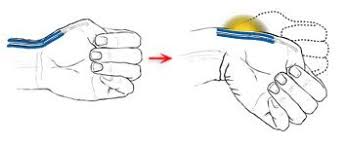
Treatment of De Quervain’s Tenosynovitis
→ Medication – To reduce pain and swelling –ibuprofen (Advil, Motrin IB, others) and naproxen (Aleve).
→ corticosteroid injection was the first line of treatment and surgery should be reserved for unsuccessful injections, most people recover completely after receiving corticosteroid injections, often after just one injection.
Physiotherapy Treatment in De Quervain’s Tenosynovitis
→ Immobilizing your thumb and wrist, keeping them straight with a splint or brace to help rest your tendons
→ Avoiding repetitive thumb movements as much as possible
→ Avoiding pinching with your thumb when moving your wrist from side to side
→ Applying ice to the affected area.
→ Applying tapping in the thumb.
Ultrasound therapy and TENS are used to relieve Pain.
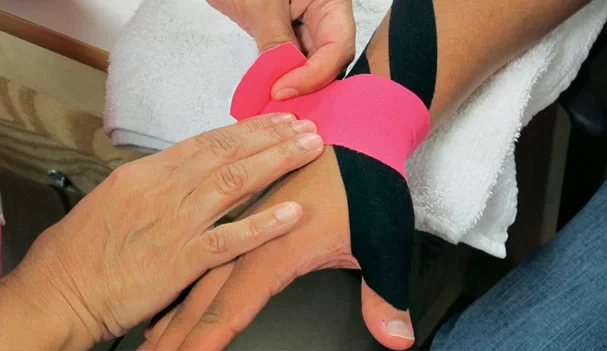
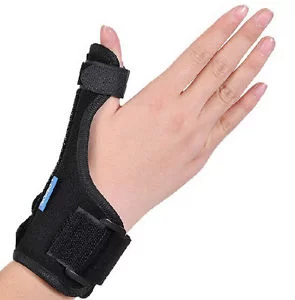
You may do these exercises when it is not painful to move your hand.
→ Opposition stretch: Rest your hand on a table, palm up. Touch the tip of your thumb to the tip of your little finger. Hold this position for 6 seconds and then release. Repeat 10 times.
→ Wrist stretch: Press the back of the hand on your injured side with your other hand to help bend your wrist. Hold for 15 to 30 seconds. Next, stretch the hand back by pressing the fingers in a backward direction. Hold for 15 to 30 seconds. Keep the arm on your injured side straight during this exercise. Do 3 sets.
→ Wrist flexion: Hold a can or hammer handle in your hand with your palm facing up. Bend your wrist upward. Slowly lower the weight and return to the starting position. Do 2 sets of 15. Gradually increase the weight of the can or weight you are holding.
→ Wrist radial deviation strengthening: Put your wrist in the sideways position with your thumb up. Hold a can of soup or a hammer handle and gently bend your wrist up, with the thumb reaching toward the ceiling. Slowly lower to the starting position. Do not move your forearm throughout this exercise. Do 2 sets of 15.
→ Wrist extension: Hold a soup can or hammer handle in your hand with your palm facing down. Slowly bend your wrist up. Slowly lower the weight down into the starting position. Do 2 sets of 15. Gradually increase the weight of the object you are holding.
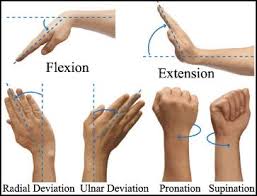
→ Grip strengthening: Squeeze a soft rubber ball and hold the squeeze for 5 seconds. Do 2 sets of 15.
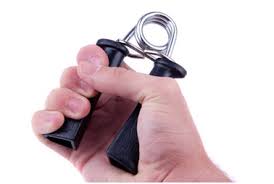


→ Finger spring: Place a large rubber band around the outside of your thumb and fingers. Open your fingers to stretch the rubber band. Do 2 sets of 15.
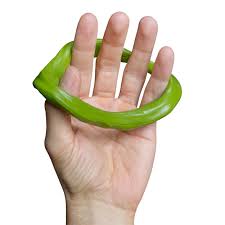
Complications
Untreated de Quervain tenosynovitis can make it harder to utilize the hand and wrist correctly. There could be a loss of wrist range of motion.
Surgery
In cases that are more severe, surgery might be suggested. It is an outpatient procedure. During the surgery, the surgeon opens the sheath to reduce pressure after examining the sheath around the affected tendon or tendons. The tendons can now move freely as a result.
Following surgery, your healthcare professional will discuss with you the best ways to strengthen, rest, and rehabilitate your body. Following surgery, you can see a physical therapist or occupational therapist who can help you learn new strengthening exercises and modify your daily routine to avoid issues in the future.
Lifestyle and Home Remedies
In cases where surgery is not necessary, managing your illness is similar to avoiding it:
- Do not continually move your wrists in the same manner.
- Put on a brace or splint if your physician recommends it.
- Complete the activities as directed.
- If you’re working on a repetitious task, take pauses.
- If your wrist hurts during or after physical exercise, don’t “play through the pain.”
- After a strenuous activity, give your body time to rest and recover.
- Take note of any action that makes your thumb and wrist hurt, swell, or become numb. Share the information with your provider and try to avoid this action.
Recovery
With nonsurgical and/or surgical treatment, the majority of patients with De Quervain’s tenosynovitis perform extremely well and eventually experience a relief of their symptoms. With splints, NSAIDs, and injections, 50–80% of patients can be successfully treated without surgery. Most of the remaining patients recover nicely from surgery.
Surgical complications are not common. Individuals with diabetes have a higher risk of surgical complications, such as infection and poor wound healing, and may respond less well to injectable therapy.
Summary
The swelling in the sheath surrounding your thumb tendons is known as De Quervain’s tenosynovitis. Your thumb and wrist may become uncomfortable and difficult to use as a result. Fortunately, most patients just require rest, Physical Therapy, Exercise, home remedies, and a brace or splint to wear while their tendon and tendon sheath heal for a few weeks.
Inform your healthcare practitioner if you use your hands frequently for work or if you’ve taken up a new pastime or activity that strains your wrists and thumbs. When it’s safe, they’ll assist you in resuming your favorite activities and discovering strategies to control your symptoms.
FAQs
What causes de Quervain’s tenosynovitis?
Overuse of the thumb and wrist can result in De Quervain’s tenosynovitis, which is a prevalent condition. It is connected to nursing and pregnancy as well. De Quervain’s tenosynovitis may be more common in rheumatoid arthritis patients. It affects more women than males and is most common in those in their 40s and 50s.
Can de Quervain’s heal on its own?
Conservative treatment options for the condition typically include Physical Therapy, Exercise, Rest, cortisone injections, anti-inflammatory drugs, and splinting. De Quervain’s Tenosyvitis can produce severe pain and take months to cure on its own if left untreated.
Is heat or ice better for de Quervain’s?
Apply a cold pack or ice on your wrist and thumb for ten to twenty minutes at a time. Place a tiny piece of cloth between your skin and the ice. Two or three times a day, for 20 to 30 minutes, you can also apply heat. Consider utilizing a hot pack, heating pad, or hot shower.
How long can de Quervain’s last?
Within four to six weeks, if treatment is started early, your symptoms should improve. In the event that de Quervain tenosynovitis develops during pregnancy, the illness’s symptoms usually go away after the end of the pregnancy or nursing period.
Is massage good for de Quervain?
If your symptoms are not as bad, you can monitor your pain and just rest your thumb. You can also avoid grasping, pinching, twisting, lifting, and other painful activities and positions. By relaxing the muscle pulling on the tendon, massage therapy can lessen discomfort and inflammation.
How long does Dequervains take to heal?
Your hand might not recover fully for six to twelve weeks. You might be pain-free when moving your thumb and wrist when you recuperate. Your work also depends on when you can go back to work. After a few days, you might be able to return if you can perform your duties without using your hand.

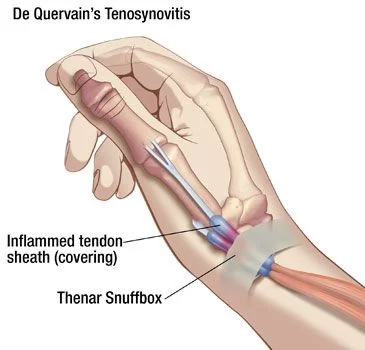
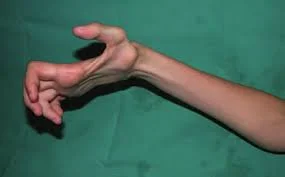
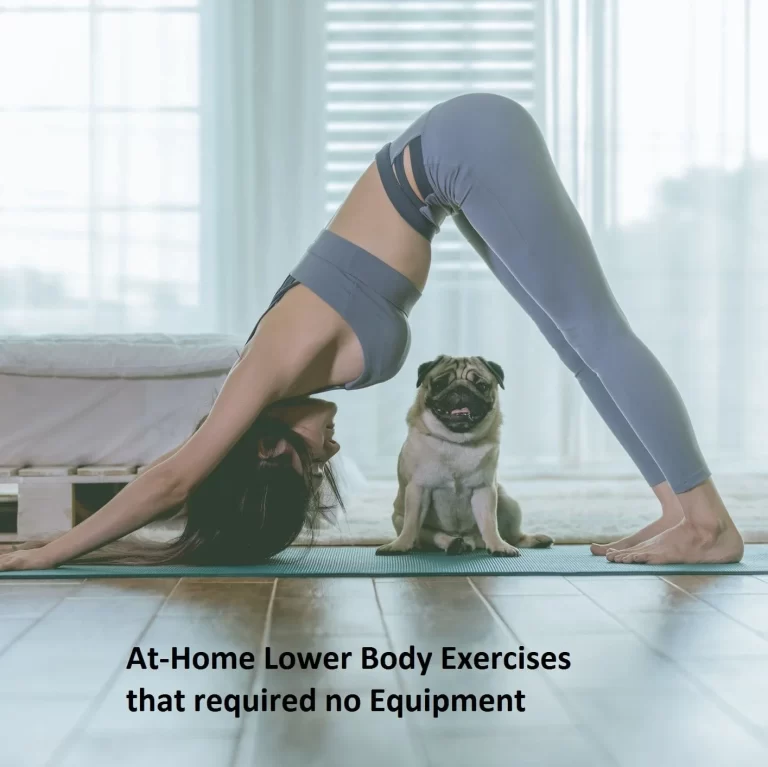

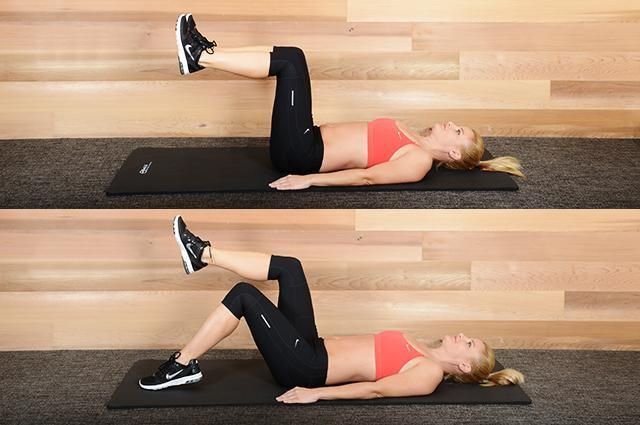
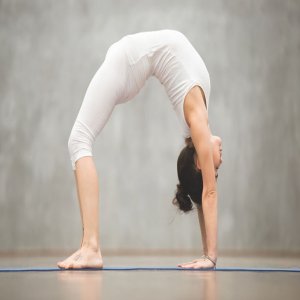
10 Comments